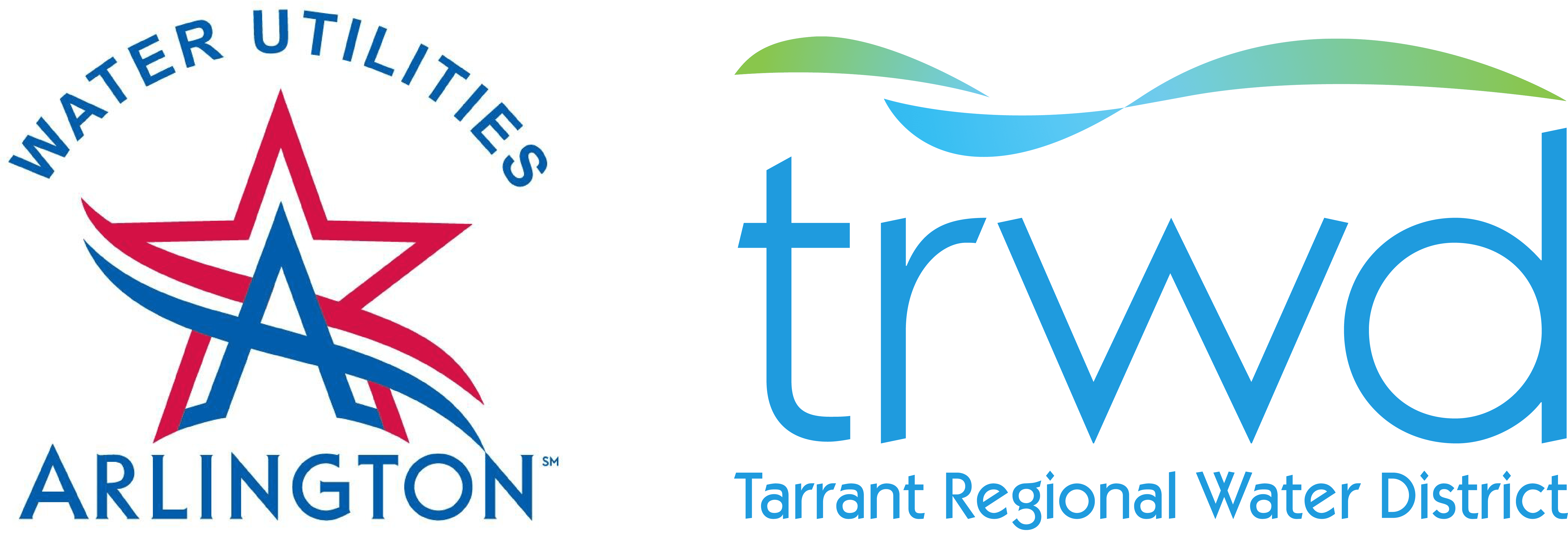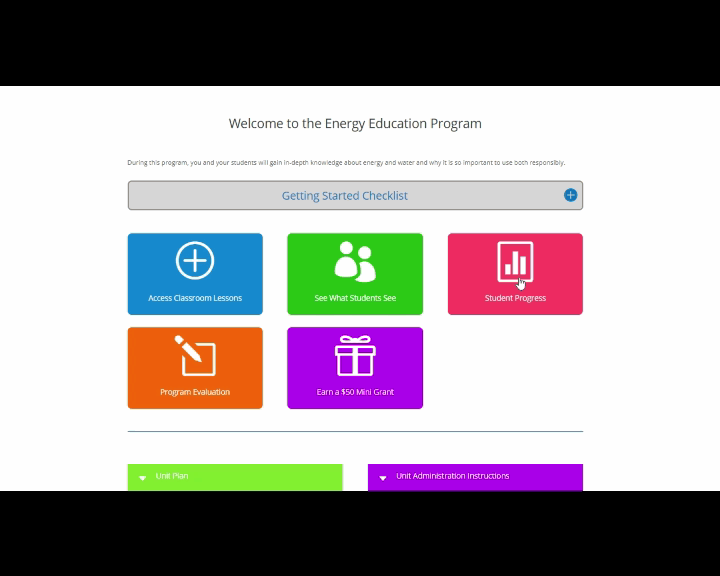Supported TEKS
See the TEKS supported in this unit.
Mathematics
M.5.1.A – Apply mathematics to problems in everyday life
English Language Arts and Reading
LA.5.1.A – Develop oral communication skills through active listening, asking relevant questions, and providing meaningful comments..
LA.5.1.D – Work collaboratively with others to develop a plan of shared responsibilities.
LA.5.10.A – Explain the author’s purpose and message within a text.
LA.5.3.B – Use context to determine the meanings of unfamiliar words and use newly acquired vocabulary expressively.
LA.5.6.B – Generate questions about the text before, during, and after reading to deepen understanding.
LA.5.6.F – Make inferences and use text evidence to support understanding.
LA.5.6.G – Evaluate details read to determine key ideas.
LA.5.7.C – Use text evidence to support an appropriate response;
LA.5.7.D – Retell, paraphrase, or summarize texts in ways that maintain meaning and logical order.
Science
S.5.1.A – Ask questions and define problems based on observations or information from text, phenomena, models, or investigations;
S.5.1.B – Plan and perform descriptive or experimental investigations and apply engineering methods to solve problems.
S.5.1.E – Collect observations and measurements as evidence;
S.5.1.G – Develop and use models to represent phenomena, objects, and processes or design a prototype for a solution to a problem.
S.5.10.A – Explain how the Sun and oceans interact to drive the water cycle and affect weather.
S.5.11 – Understand the value of natural resources and develop solutions, such as recycling or conservation, to reduce environmental impacts.
S.5.11.A – Design solutions to minimize environmental impact through conservation and recycling.
S.5.12.A – Describe how organisms survive by interacting with biotic and abiotic factors in ecosystems.
S.5.12.C – Describe a healthy ecosystem and how human activities can be beneficial or harmful to an ecosystem.
S.5.2.A – Identify advantages and limitations of models such as their size, scale, properties, and materials.
S.5.2.B – Analyze data by identifying any significant features, patterns, or sources of error;
S.5.2.C – Use mathematical calculations to compare patterns and relationships.
S.5.2.D – Evaluate experimental and engineering designs.
S.5.3 – Develop evidence-based explanations and communicates findings, conclusions, and proposed solutions.
S.5.3.A – Develop explanations and propose solutions supported by data and models;
S.5.3.B – Communicate explanations and solutions individually and collaboratively in a variety of settings and formats; and
S.5.3.C – Listen actively to others’ explanations to identify relevant evidence and engage respectfully in scientific discussion.
S.5.5.B – Identify and investigate cause-and-effect relationships to explain scientific phenomena or analyze problems.
S.5.5.C – Use scale, proportion, and quantity to describe, compare, or model different systems;
S.5.5.D – Examine and model the parts of a system and their interdependence in the function of the system;
S.5.5.G – Explain how factors or conditions impact stability and change in objects, organisms, and systems.
S.5.8.A – Describe how energy transformations occur in systems, such as sunlight driving evaporation in the water cycle.
Social Studies
SS.5.23.C – Analyze information to identify cause-and-effect relationships and make inferences.
SS.5.23.D – Organize and interpret information in outlines, reports, databases, and visuals, including graphs, charts, timelines, and maps;
SS.5.23.H – Develop and communicate a claim and supporting evidence visually, orally, or in writing related to a social studies topic.
SS.5.25.B – Incorporate main and supporting ideas in verbal and written communication;
SS.5.6.B – Describe U.S. regions based on features like landforms, climate, and vegetation.
SS.5.8.A – Describe how and why people adapt to and modify their environment.
SS.5.8.B – Evaluate the positive and negative effects of environmental modifications made by humans in the U.S.

